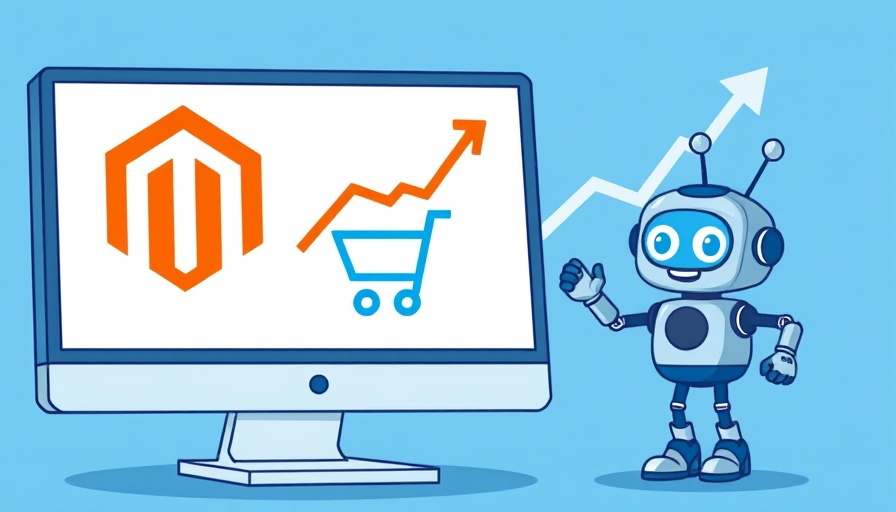
Understanding Ecommerce ROI: A Key to Success
In the bustling world of online shopping, knowing your ecommerce ROI is vital. ROI, or return on investment, is the way we measure how much profit we’re earning compared to what we’re spending. This number tells a story about how well your online business is performing and what strategies are truly working.
Why ROI Matters in Ecommerce
For online businesses, every dollar spent on digital advertising or inventory can have huge repercussions. A positive ROI indicates that your investments are paying off, but a negative one can point to problems that need solutions. Understanding this metric allows business owners to make informed decisions about where to allocate resources and how to frame marketing messages.
How to Calculate Your Ecommerce ROI
Calculating ROI isn’t complicated. Start with your total revenue and subtract all costs—think advertising, shipping, and website operations—to find your net profit. Then, use the formula:
ROI = (Net Profit / Investment Cost) x 100
For instance, if you sold $10,000 worth of products but spent $7,000 on various costs, the calculation would be:
Net Profit = $10,000 - $7,000 = $3,000
ROI = ($3,000 / $7,000) x 100 = 42.86%
Factors That Influence Ecommerce ROI
Several unique factors impact the ROI of an ecommerce business:
- Digital Advertising: Every click counts! Your ads must convert into sales to achieve a better ROI.
- Customer Acquisition Costs (CAC): Spending a lot to attract new customers can lower your profits.
- Operational Costs: High shipping and fulfillment prices can cut into those profits too!
Unique Benefits of Understanding Your ROI
Knowing your ecommerce ROI empowers business owners. With this knowledge, you can:
- Identify high-performing campaigns and replicate their success.
- Recognize areas needing adjustment to boost profitability.
- Make informed decisions for future investments, guiding your budget planning effectively.
Practical Tips to Boost Your Ecommerce ROI
Now that you understand the factors at play and how to calculate your ROI, here are a few actionable tips to help you improve it:
- Optimize Your Website: Ensure that your site is user-friendly, quick to navigate, and visually appealing.
- Invest in Quality Content: Create engaging product descriptions and blog posts that draw in customers.
- Utilize Social Media: Promote your products on social media platforms to reach a larger audience.
Future Trends Influencing Ecommerce ROI
The ecommerce landscape is continually evolving, and so are the factors that influence ROI. As technologies advance, businesses must adapt. For instance, leveraging artificial intelligence for targeted advertising and personalized customer experiences can significantly enhance ROI. Staying ahead of these trends will keep your business competitive.
Conclusion: Empower Your Ecommerce Business
Boosting your ecommerce ROI is not just about the numbers; it’s about making informed business decisions that lead to growth and sustainability. Regularly review your metrics and be proactive in your strategies. The better you understand your ROI, the more equipped you are to create a successful online store!
 Add Row
Add Row  Add
Add 




Write A Comment